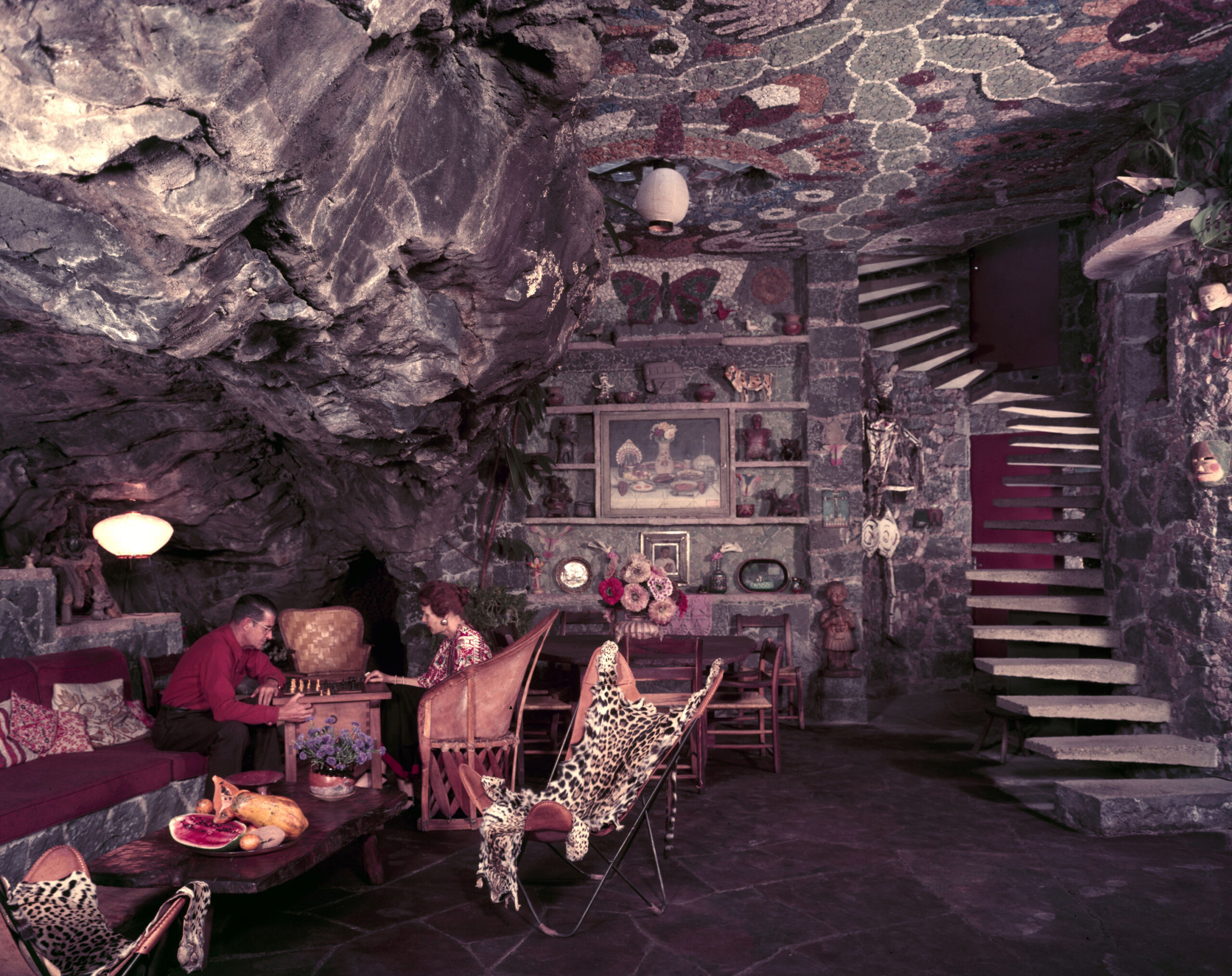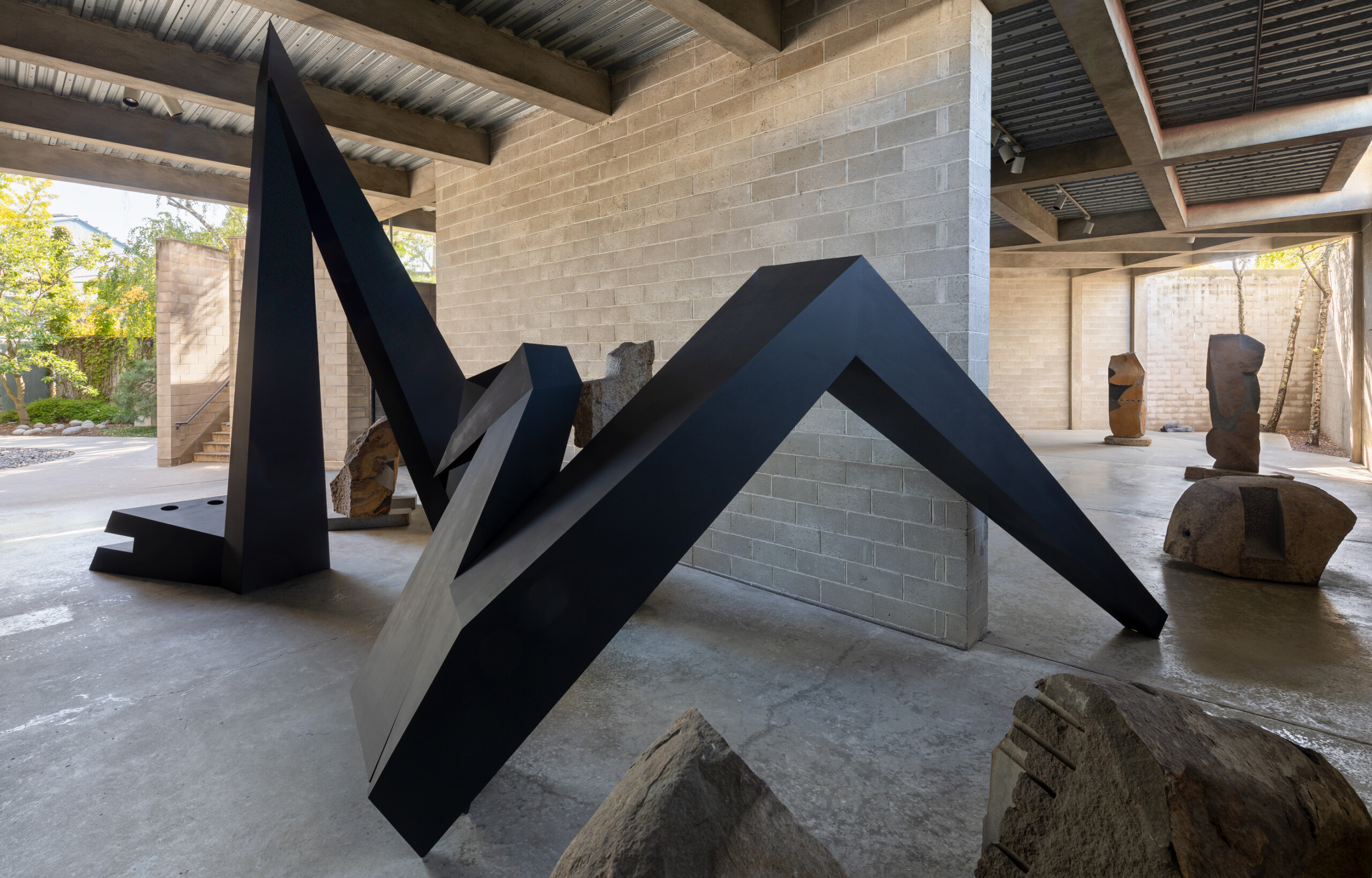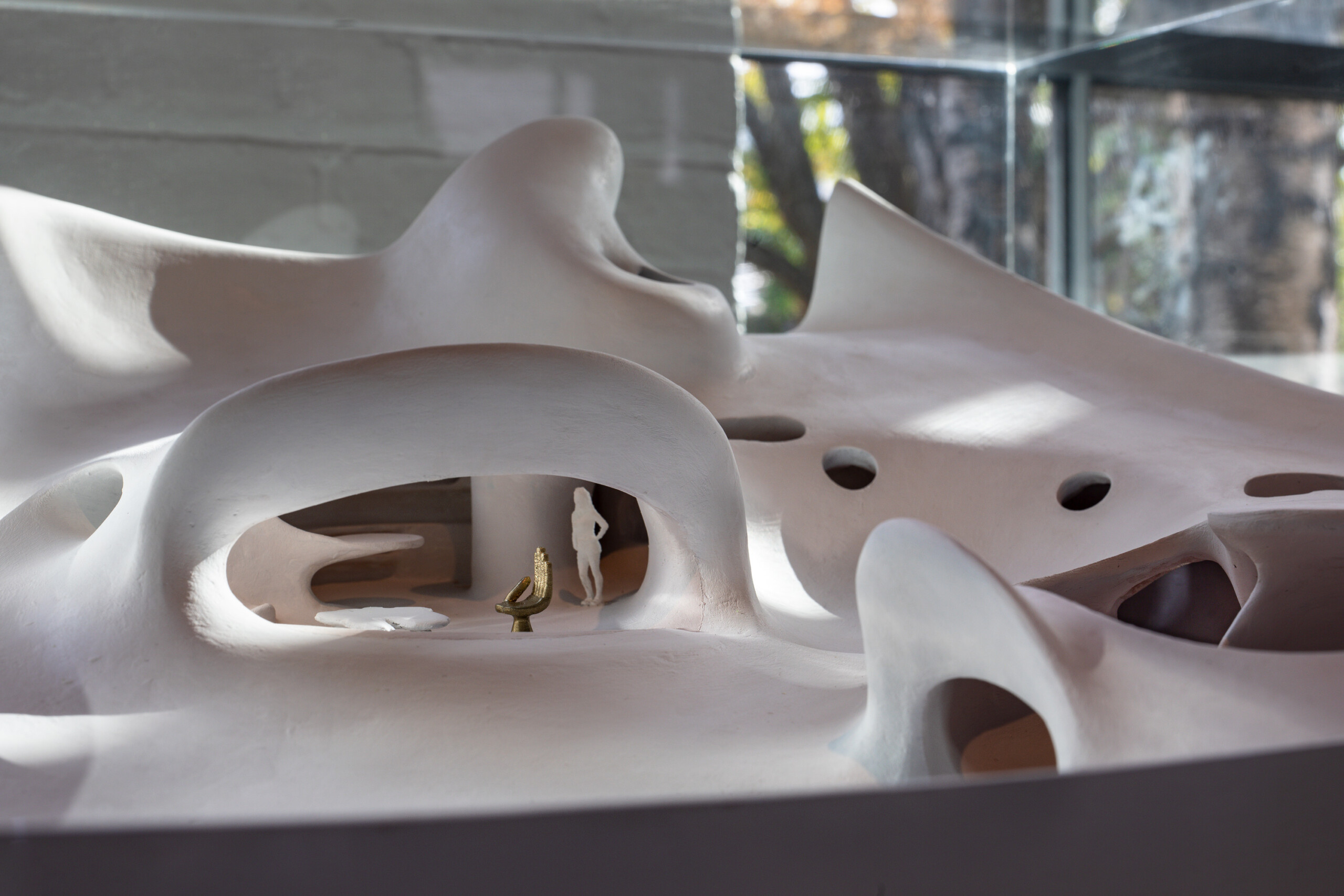In Praise of Caves: Organic Architecture Projects from Mexico by Carlos Lazo, Mathias Goeritz, Juan O’Gorman, and Javier Senosiain is an exhibition spanning multiple galleries on the Museum’s first floor. It combines a selection of projects by these four artist–architects that explore the adaptation of natural structures to modern living, the practical and environmental benefits of moving underground, and how humanity might reconnect with the essential happiness of living in concert with nature. Under the broad rubric of organic architecture, these projects and site-specific installations reflect an alternative paradigm for approaching the relationship between human-built and natural environments that emerged in Mexico in the middle of the twentieth century. As the climate crisis accelerates, along with other signs that we have broken our relationship with nature, alternative visions have never seemed more needed.
Together with the ongoing exhibition Noguchi Subscapes, these projects will temporarily turn The Noguchi Museum into a subterranean environment as a metaphor for contemplating and perhaps reassessing our place in the world.
































































